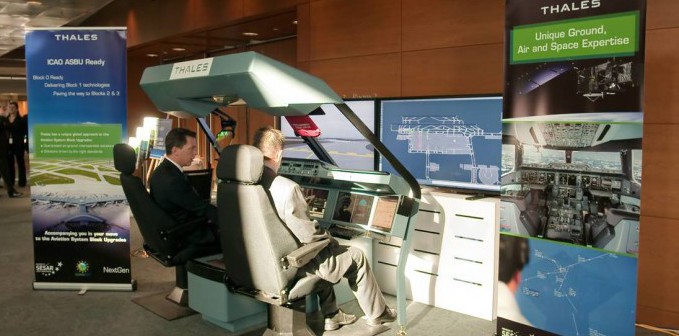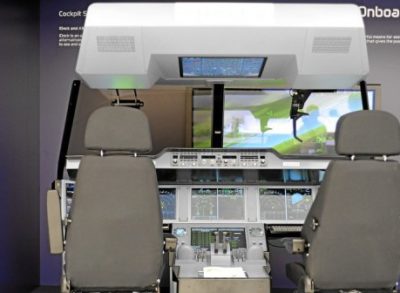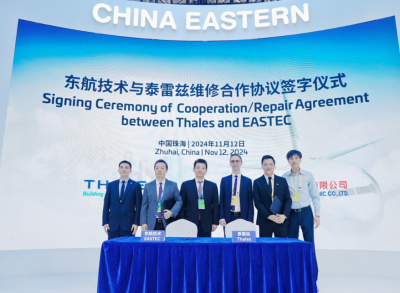Looking back on the 12th ICAO Air Navigation Conference
Thales was among the sponsors of the 12th Air Navigation Conference organized by ICAO (International Civil Aviation Organization) in Montreal, Canada, from 19th to 30th November 2012.

The goal of the conference, attended by over 1,000 delegates from 120 countries, was to define, at world-wide level, a collective vision of an interoperable, seamless and global air transportation system for international civil aviation. It notably addressed the latest version of the ICAO’s Global Air Navigation Plan (GANP), with reliance on Aviation System Block Upgrades (ASBUs).
ASBUs comprise various operational improvements organized in four Blocks with different timelines* extending from expected implementation from 2013 to 2028 and beyond. The blocks address Performance Improvement in the fields of airport operations, globally interoperable systems and data, optimum capacity and flexible flights, and efficient flight plans.
The role of ASBUs is to enable the harmonized and improved efficiency of the Global Air Navigation System. They are supported by roadmaps for communications, navigation and surveillance as well for information management and avionics.
Overall support to GANP and ASBUs by the participating states
All the participating States expressed their overall support to the GANP and the ASBUs, while some States pointed out regional differences.
The US would like to accelerate the implementation of GANP through NextGen and is ready to help other states or regions to develop their own regional implementation plan. Europe supports the GANP as it is aligned with the SESAR Master Plan.
Some countries, like Russia, China or Australia, supported the global approach while explaining that the ASBU modules may not necessarily cover all their needs. China asked for more flexibility to add or modify some elements required by regions as well as managing priorities.
France, ICCAIA and IATA asked for a certain stability to secure investments. ICAO answered that the technologies may evolve but the policies will remain stable.
Main conclusions for the Aerospace sector
The GANP and ASBU approach, together with associated ASBU Modules and roadmaps, was accepted. Block 1 was endorsed and Blocks 2 and 3 were approved in principle, recognizing potential changes in their definition in the future. Modules in Block 1 were considered as essential for implementation at a global level in terms of the minimum path to global interoperability and safety with due regard to regional diversity for further consideration by States.
As GANP is aligned with the SESAR Master Plan, approval of GANP confirms the orientation of current SESAR-based CNS/ATM studies in which Thales Avionics is involved. However, even if both SESAR and NextGen are aligned to the GANP when going more in their detailed description, their differences were not discussed and remain. These include 4D trajectories (SESAR) vs Trajectory Based Management (Nextgen), Point Merge vs Interval Management (IM) separations, ATN datalink vs ACARS-based FANS1/A+ and SBAS vs GBAS approach & Landing operations.
*Timelines for Block Upgrades: Block 0 -2013, Block 1 – 2018, Block 2 – 2023, Block 3 – 2028+
For further information ICAO's website: Click here
Pictured Thales ideck demonstrator
Photos credit: copyright Eduardo Hutter




